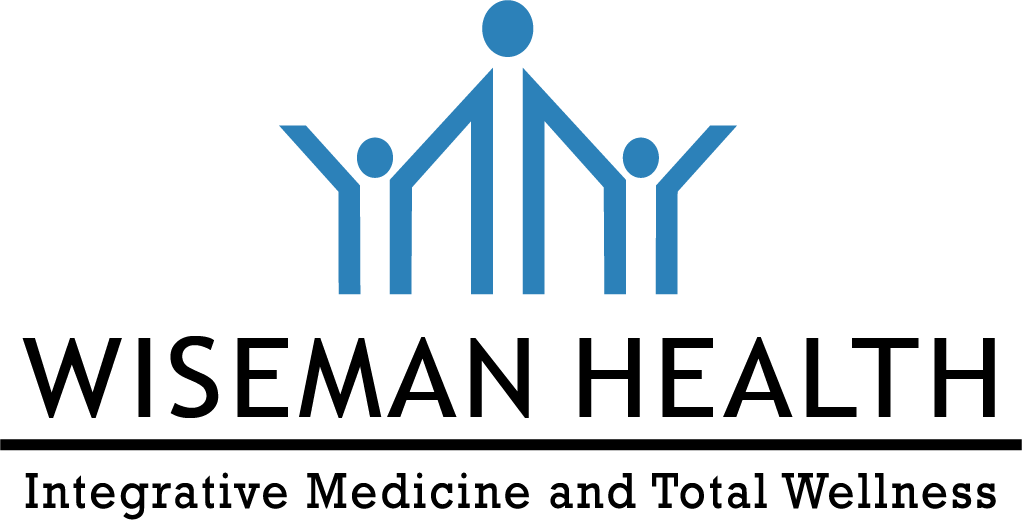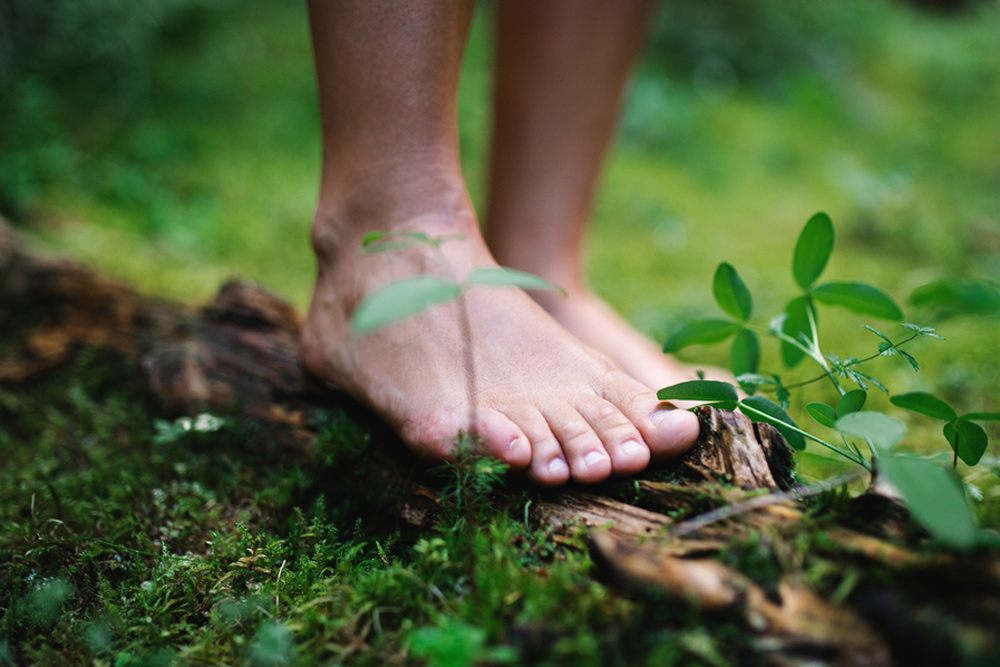When was the last time you actually felt the Earth beneath your feet or walked barefoot on the grass or squelched mud between your toes? For too many of us, the idea of being outdoors without shoes is a foreign one but this wasn’t always the case. The practice of drawing from Earth’s natural electric charge through direct natural contact is known as earthing — which is a form of grounding — and has a long history with a long list of health benefits.
History of Earthing and Grounding
For all of human history, we have understood and respected the power of connecting with the Earth. Our tribal ancestors and early civilizations, such as the Ancient Egyptians, embraced the elements of Nature as sources of healing, vitality, harmony, and in essence, the gift of life. Most spiritual practices and beliefs were deeply rooted in direct physical contact with the soil, trees, mountains, and bodies of water. This physical connection with Earth was the conduit for interconnectedness and wellness of the mind, body, and soul. Traditional Chinese healing also recognized Earth Qi, a natural force flowing through the ground that is absorbed when we walk on it, and as a species we have spent most of our days in constant contact with the ground beneath us, in balance with the way we’re designed.
In the 1800s, earthing gained recognition as an essential component of good health. Adolf Just, a German writer who is considered a forefather of natural healing, said in his book Return to Nature: “The feet are in a certain sense for man what the roots are for plants. Man draws vital strength and energy out of the Earth through his feet.”
Forward to the 1920s, when an American doctor named George Starr White conducted experiments centered around the idea that people couldn’t rest properly unless they were somehow connected to the ground — and then found that grounding improved sleep. The hypothesis that people slept better when touching the Earth was further tested in the 1990s by Clint Ober, a retired cable television executive with a keen understanding of electrical currents and the use of grounding cables to prevent signal interruptions. After a serious health scare in 1993, Ober was inspired to learn more about how the physical body can connect to the Earth’s electrical charges for the purpose of improving health. Ober conducted a blind pilot study where some participants slept on a specially constructed grounded sleeping pad, while others slept in a normal bed. Subjects in the grounding group reported sleeping better and experienced fewer health issues like arthritis, sleep apnea, and asthma. Today, organizations such as The Earthing Institute continue to educate people on the benefits of grounding with the Earth beneath us.
It is important to note that most shoe soles before the 20th century were made of natural leather, wood, cork, or felt which are all naturally conductive materials that allow us to naturally earth and ground with the Earth while having our shoes on. Most modern shoe soles, however, are made of synthetic rubber, plastics, and other synthetic materials, all of which are not naturally conductive. This along with the advent of modern urban planning with materials such as asphalt, painted and sealed cement (non-conductive materials) for walkways and streets, and other modern building and housing construction has led us to spend most of our days unnaturally disconnected from the Earth’s conductive energetic ground.
Health Benefits of Earthing and Grounding
Modern science supports the findings of White and Ober which complements the anecdotal evidence of traditional indigenous healers throughout history.
In addition to improving sleep, research suggests earthing may:
- Boost immunity by allowing us to come in contact with friendly microorganisms that help train the immune system on how to respond to invaders and distinguish between harmful pathogens and benign substances in our environment
- Lower blood pressure by reducing blood viscosity so that it can flow more freely
- Reduce inflammation by enabling free electrons on the Earth’s surface to move into the body, where they act as antioxidants to fight inflammatory free radicals (unstable oxygen molecules that occur internally or externally outside the body and disrupt normal cell function)
- Regulate cortisol levels to reduce stress and anxiety while promoting better sleep quality
Regular grounding seems to have a positive effect on well-being in general. A study of body workers who were periodically grounded while working and sleeping found significant improvements in mood, pain, sleep, physical function, and overall quality of life.
Wiseman Health Take-Home Advice
1. One of the best things about earthing is that it requires no special equipment and can be done virtually any time, anywhere and by anyone, as long as you have access to natural surfaces such as grass, dirt, sand, or natural water, and are able to take off your shoes and socks in order to make a natural connection with Earth. Anytime you have the opportunity, at lunch in a park or in your backyard, take off your shoes and socks and connect barefoot directly with the physical Earth.
2. Though it is best practice to earth barefoot without both socks and shoes, most natural cotton and wool is conductive and you can earth and ground with socks on. However, most synthetic material socks, like polyester socks, are not conductive.
3. Most concrete is sealed and thus not conductive. Unsealed, non-painted concrete is, however, conductive for earthing. To determine whether concrete is sealed, for example, on a home driveway, apply a small water droplet to the surface and observe whether it beads up or absorbs into the concrete. As a general rule, if the water beads up and stays on the surface, the concrete is likely sealed. If the water absorbs quickly, the concrete is not sealed.
4. Most modern shoes are made with rubber or synthetic soles that aren’t conductive materials, and when worn, do not allow for natural grounding with Earth. There are a number of modern shoe companies that are now making soles with conductive materials such as carbon, silver, copper, or leather that allow for earthing while shoes are worn on a natural surface.
Editor’s Note: This article was originally published on May 15, 2025





